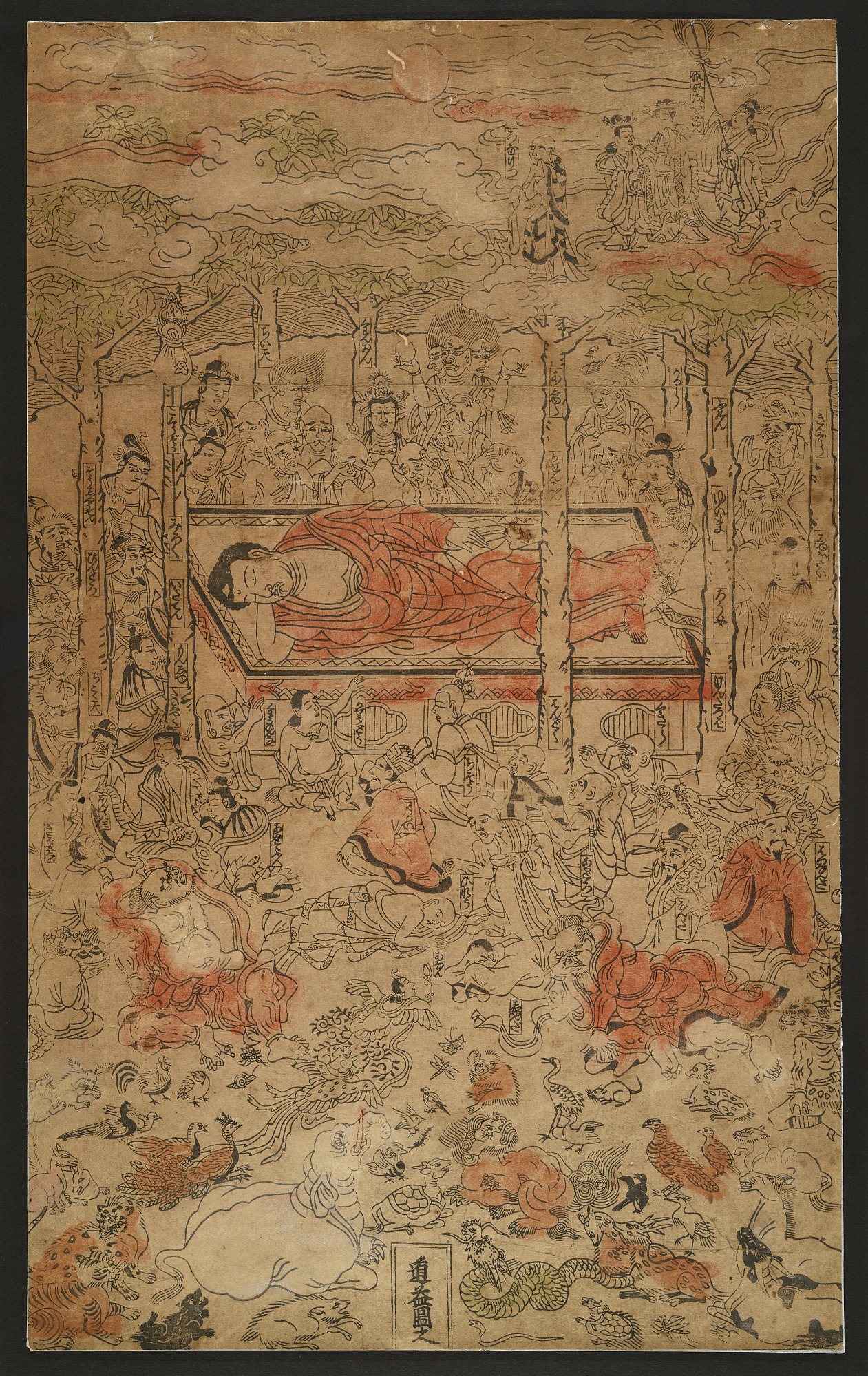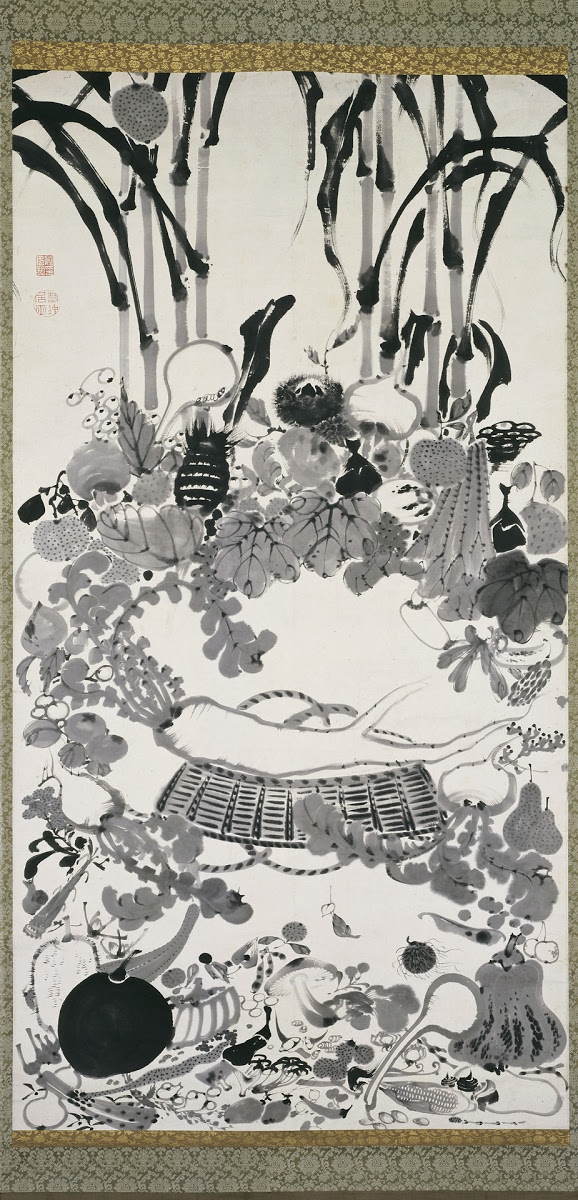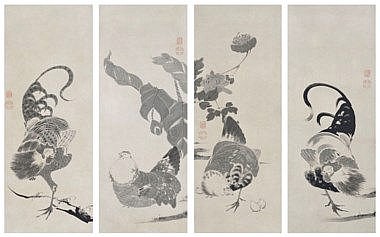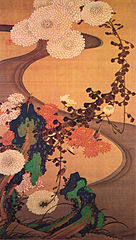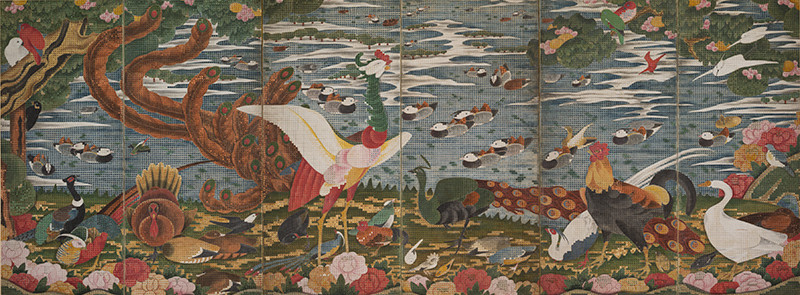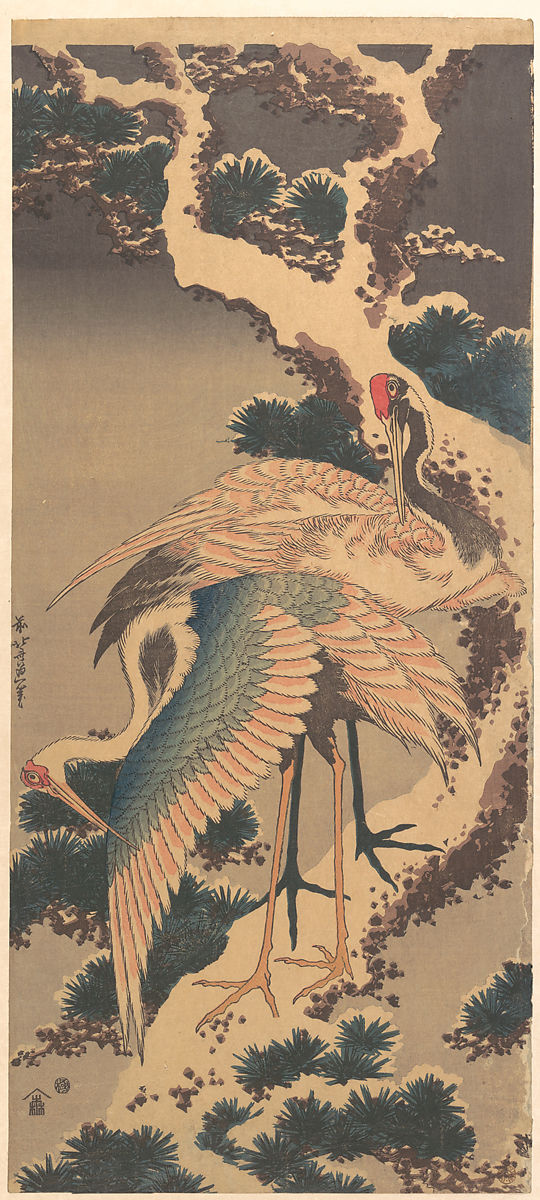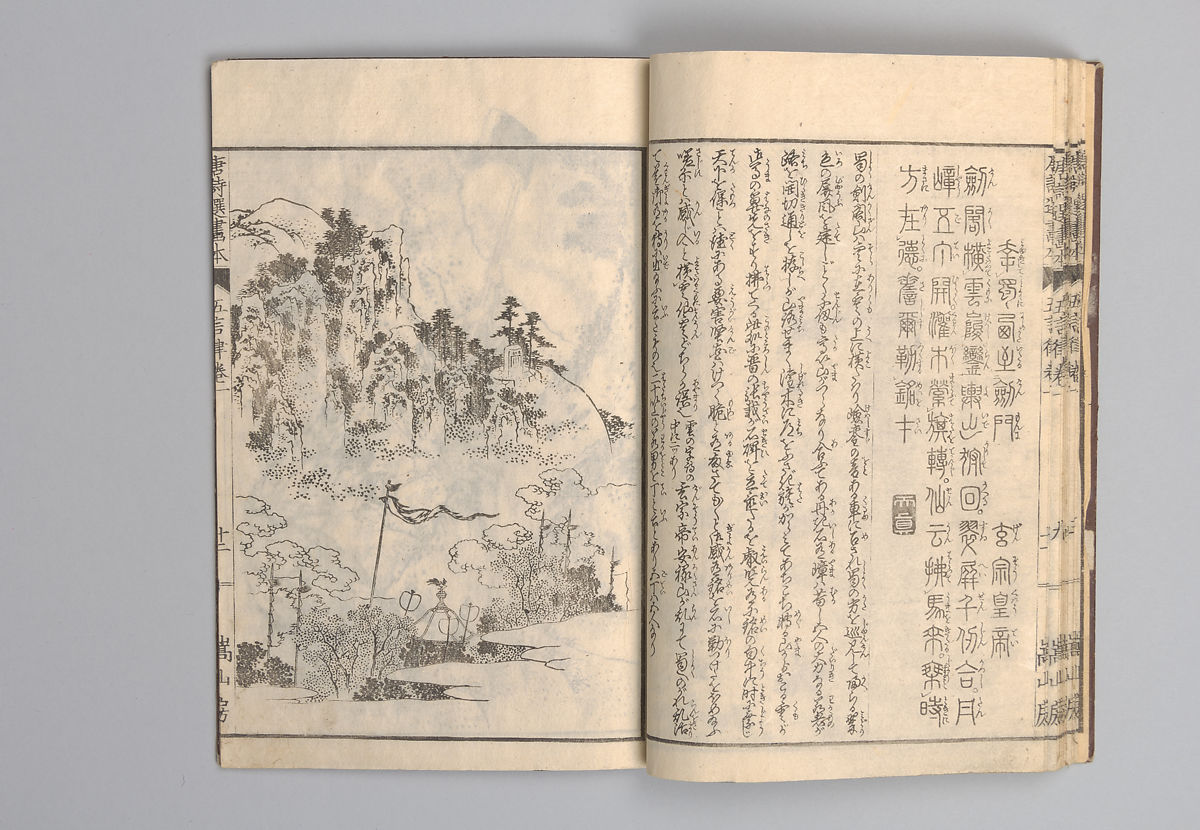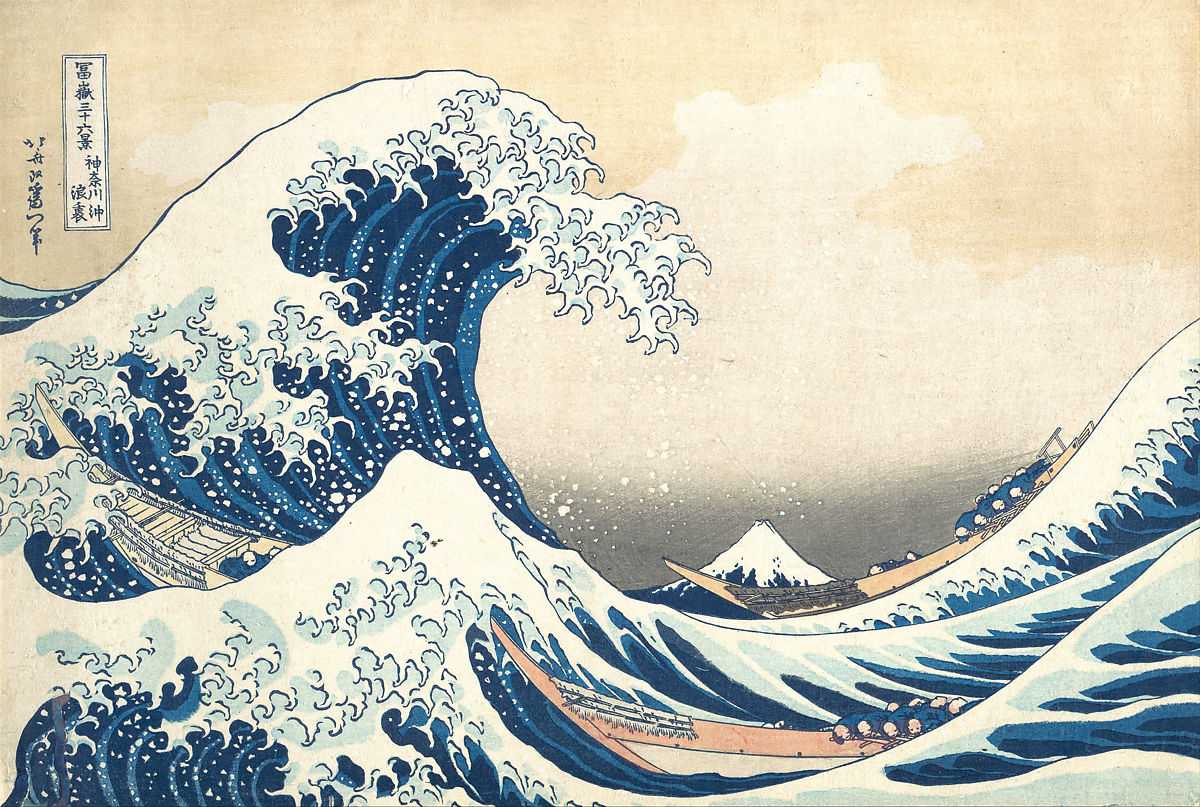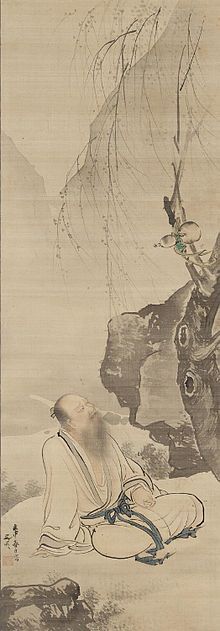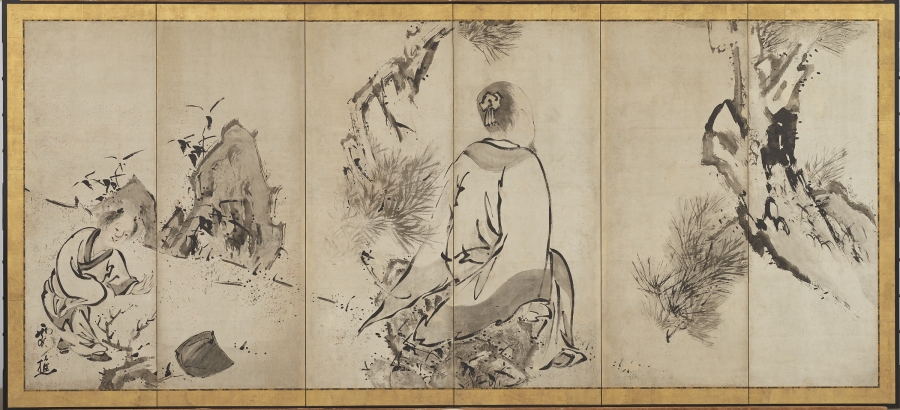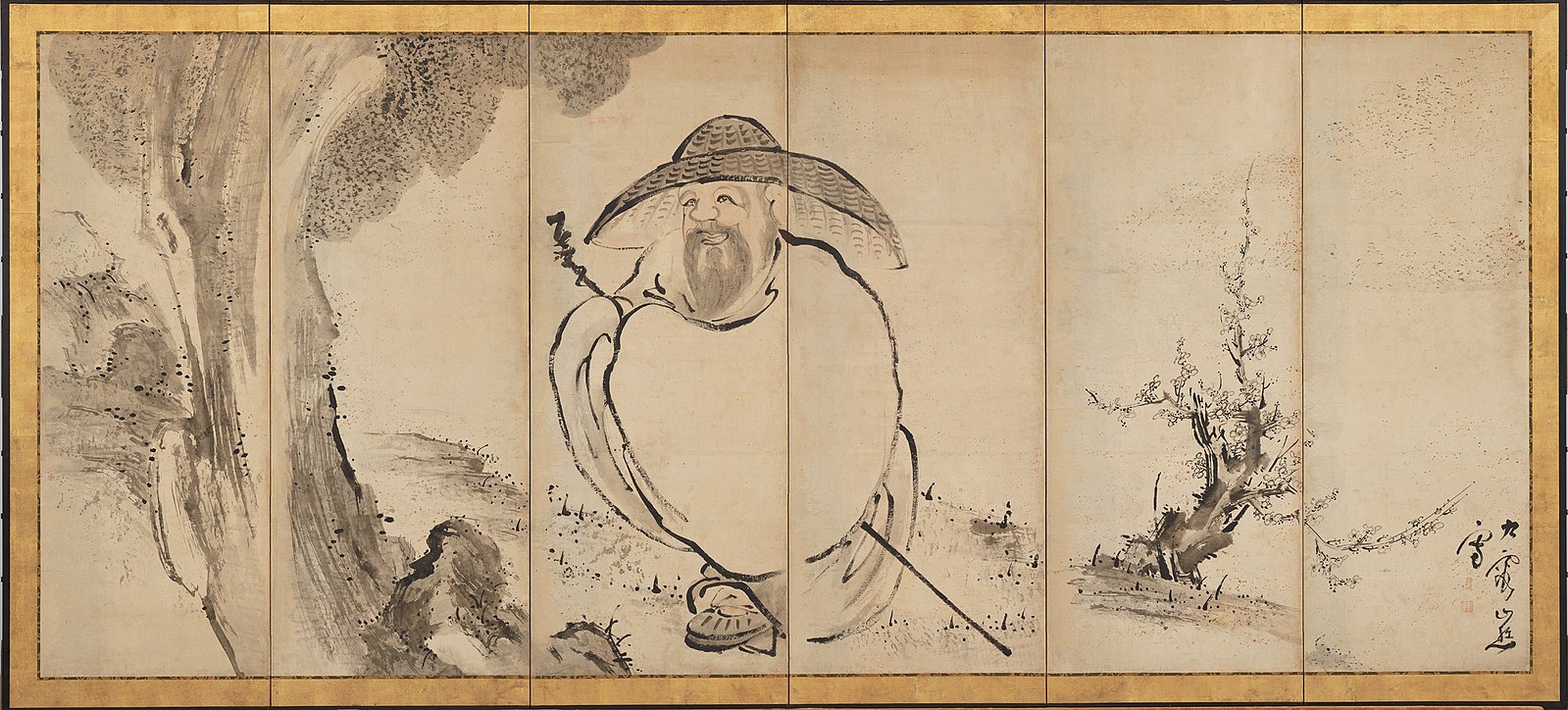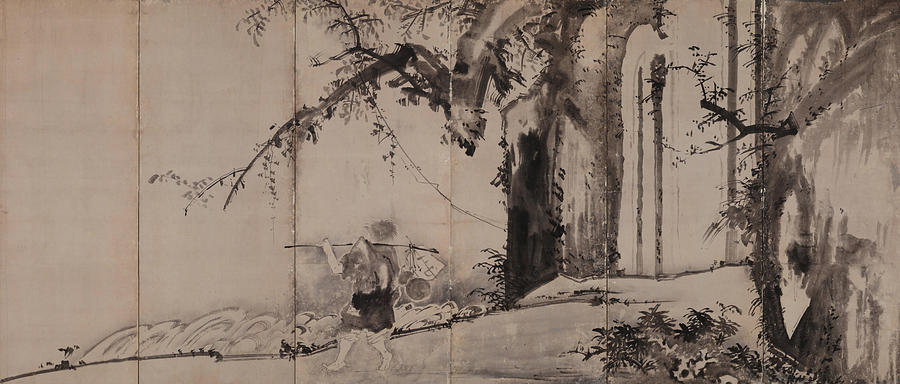Group 9
Kano, Tosa, Rinpa. Edo period visual culture is impossible to consider without acknowledging the importance of painting schools and communal development of styles, techniques, and subject matter. From the fifteenth century onward, the formal environment of academic painting dominated the creation of popular imagery, especially the works revered and purchased by the upper classes and imperial families. But where does this leave artists who created work outside of the mainstream schools of Japanese art? What styles did they develop independently, and what might have prompted their independence? This digital exhibit examines the art of Edo period artists from the 18th and 19th centuries who worked outside of painting schools or workshops and identified shared artistic values, themes, and practices that underpin their creative practice. While many shared practices do emerge from the artists' works, a fundamental goal that each strives for is the ability to self-fashion their artistic identity.
To self-fashion is to consciously engage with one’s public persona in order to construct a unique identity. The artists included in this exhibit all used their art to develop these identities. The Literati School emerged as a rejection of the practices of the Kano and Tosa schools. Literati artists were unified not by allegiance to a formal school, but by a shared interest in the themes of Chinese literature and the lives of Chinese literatis. Further, Literati painters conveyed a detachment from society and a disregard for social conventions of the time (Guth 2).
Ike no Taiga and Tani Bunchō, the two Literati artists represented in this exhibit, painted themes and stories from the lives of Chinese scholar-officials and poets, an act that solidified their public images not only as literati artists but also as public intellectuals who were inheriting the spirit of intellectual involvement that was present in the works of their Chinese predecessors. These artists shared interests, but developed singular styles, and worked independently from each other as they formed identities outside of other popular artistic movements. While these artists both worked independently, the Literati school in Japan offers an example of a group whose autonomous members were able to reinforce each other's styles and self-fashioned identities.
Artists who were not affiliated with a stylistic group also sought to self-fashion their own images through their artistic styles and presentations of self. Soga Shōhaku, much like the Literati, looked to historic works to inform his artistic perspective. After rejecting the methods of the Kano school, Shōhaku turned to the techniques of Muromachi period painters, and to iconographic themes that portrayed classical Chinese literature (Guth 1).
Fellow eccentric Ito Jakuchu pioneered natural observation, and the depiction of plants and animals he encountered in everyday life. These techniques were inextricably tied to his Buddhist faith and his view that his art allowed him to find reverence for the beauty of life and nature (Guth 1). Jakuchu’s work allowed him to craft a sense of self that promoted his art and his self-appointed status as a Buddhist layman, rather than his class role as a merchant.
The definition of an “eccentric” artist was contrived long after the deaths of Shōhaku and Jakuchu, but just a few decades later, the printmaker Hokusai displayed many characteristics that aligned with the eccentric's penchant for reclusion, independent practice, and outlandish behavior. Not only did Hokusai reject artistic schools in favor of independent work, but he also developed grandiose ways through which he demonstrated his skill as an artist, including painting on grains of rice (Kaplan). Hokusai’s public persona was one of devotion to his work and a rejection of social expectations, enigmatic details that only increased the success of his works.
The works in this exhibit exemplify the artistic identities of the artists represented. Through their styles, subject matter, and technique, these artists crafted not only independent careers, but also public identities that we continue to interpret to this day.
Resource slideshow
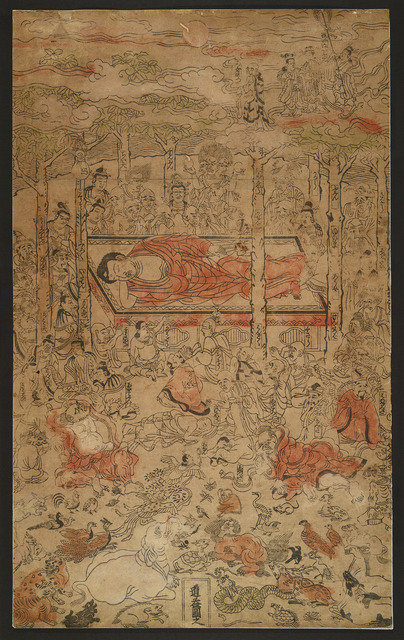
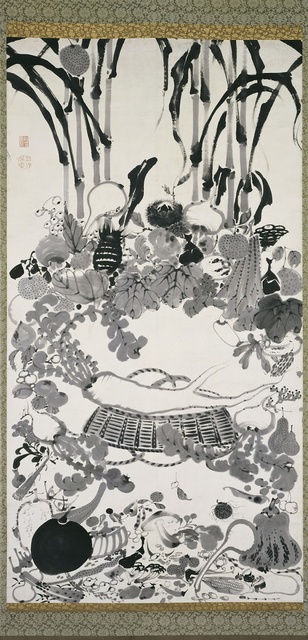
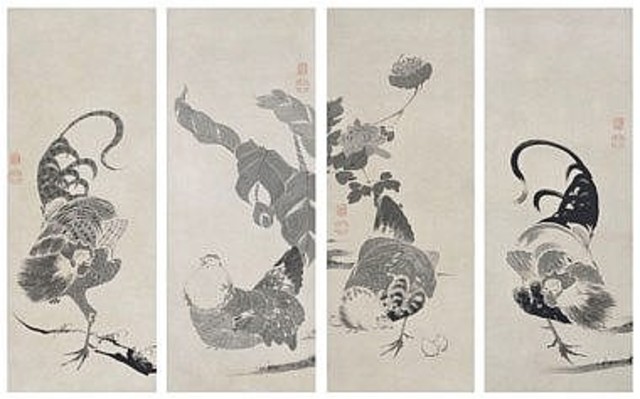

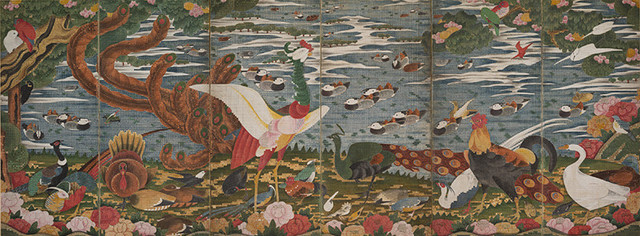
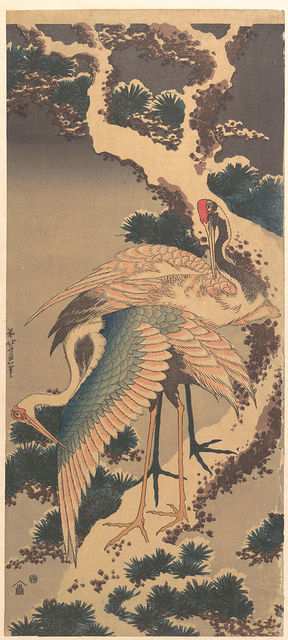
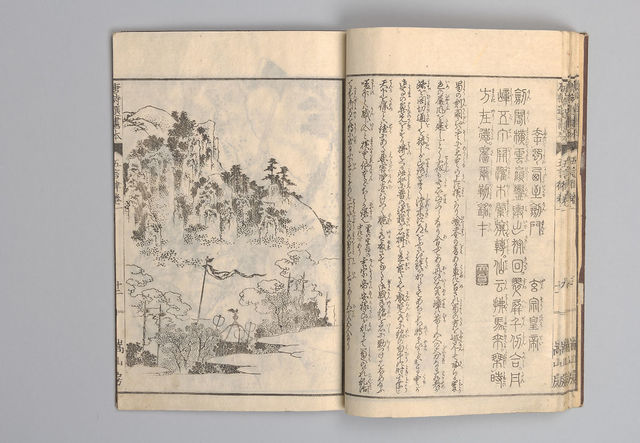
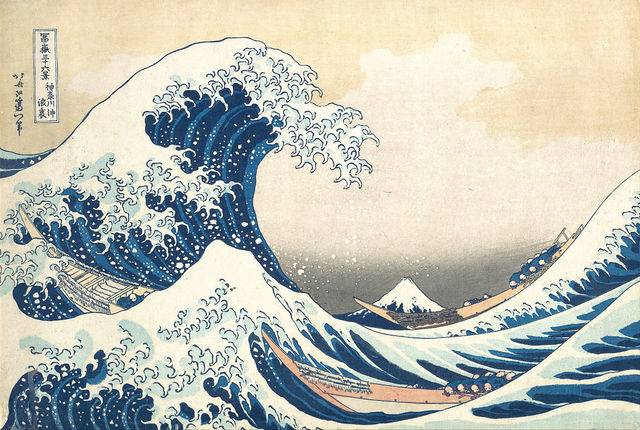
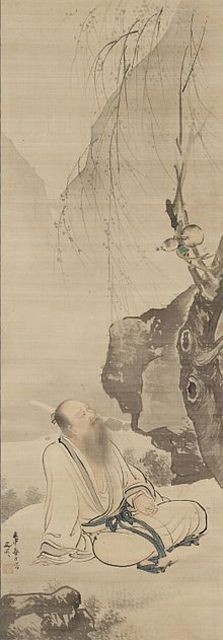
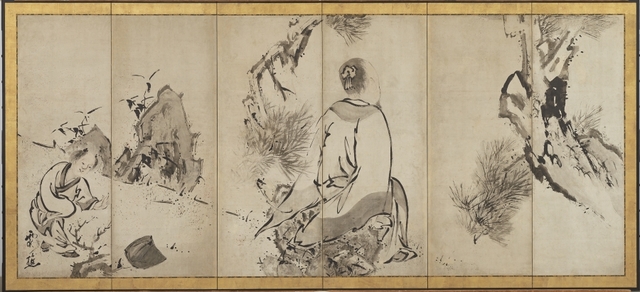
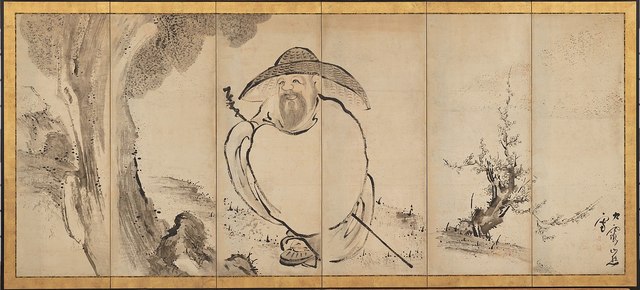
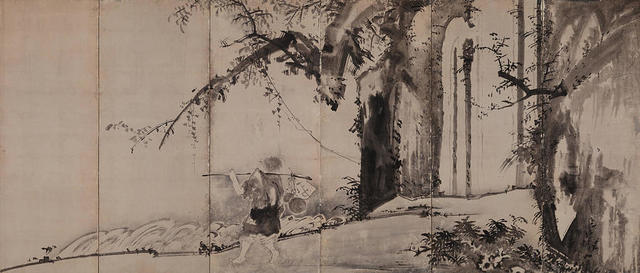
Resources
12 resources. Showing results 1 through 12.
Uploaded Itō Jakūchu, The Vegetable Nehan
Itō Jakūchu, Roosters, Hens and Chicks
Itō Jakūchu, Chrysanthemum Tree By Stream With Rocks
Itō Jakuchū, Animals in the Flower Garden (Left-hand screen)
Cranes on Branch of Snow-covered Pine
Illustrated "Anthology of Tang-Dynasty Poems" in Five-Syllable Lines
Under the Wave off Kanagawa
Tani Buncho, Tao Yuan Ming Sitting Under a Willow Tree, 1812, ink on paper, 38 1/2 × 13 5/8 inches
Ike no Taiga, The Poet Su Shi and Meng Jia loses his hat, ca.1760-61, Pair of six-panel folding screens, ink and light color on paper, Image (each): 61 3/16 in. × 11 ft. 9 9/16 in.
Ike no Taiga, The Poet Su Shi and Meng Jia loses his hat, ca.1760-61, Pair of six-panel folding screens, ink and light color on paper, Image (each): 61 3/16 in. × 11 ft. 9 9/16 in.
Li Bai Drunken and Asleep
Annotations
No one has annotated a text with this resource collection yet.


